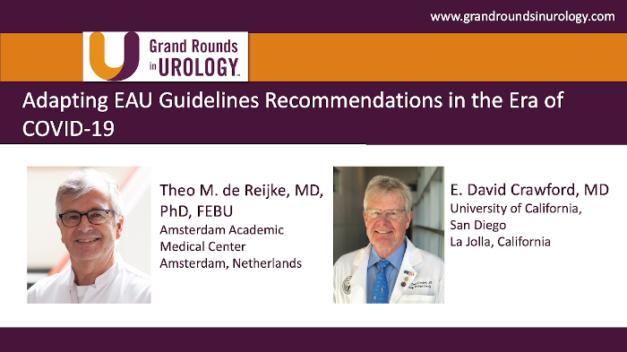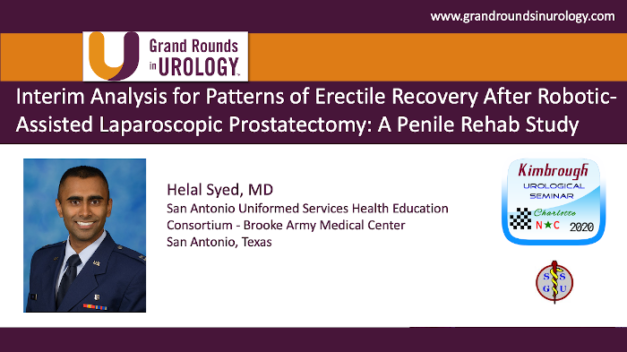Adapting European Association of Urology (EAU) Guidelines Recommendations in the Era of COVID-19
Theo M. de Reijke, MD, PhD, FEBU, Associate Professor of Urology at the University of Amsterdam, discusses the new European Association of Urology (EAU) guidelines on how to care for patients during the COVID-19 pandemic. He goes on to explain how older EAU recommendations, which are currently being implemented by practices, can have major impacts on how urologists and hospitals care for patients during COVID-19, and how the updated guidelines aim to solve some of the treatment and diagnostic dilemmas caused by the pandemic. Finally, Dr. de Reijke notes the regional nature of these recommendations, and how different countries may have different rules and recommendations in place regarding the diagnosis of COVID-19 among patient populations, as well as differences in guidelines regarding the utilization of personal protective equipment.
Read More




